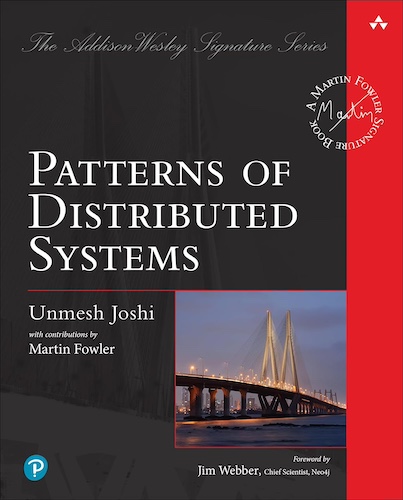Generation Clock
A monotonically increasing number indicating the generation of the server.
aka: Term, Epoch, and Generation
Problem
In Leader and Followers setup, there is a possibility of the leader being temporarily disconnected from the followers. There might be a garbage collection pause in the leader process, or a temporary network disruption which disconnects the leader from the follower. In this case the leader process is still running, and after the pause or the network disruption is over, it will try sending replication requests to the followers. This is dangerous, as meanwhile the rest of the cluster might have selected a new leader and accepted requests from the client. It is important for the rest of the cluster to detect any requests from the old leader. The old leader itself should also be able to detect that it was temporarily disconnected from the cluster and take necessary corrective action to step down from leadership.
Solution
Maintain a monotonically increasing number indicating the generation of the server. Every time a new leader election happens, it should be marked by incrementing the generation. The generation needs to be available beyond a server reboot, so it is stored with every entry in the Write-Ahead Log. As discussed in High-Water Mark, followers use this information to find conflicting entries in their log.
If a follower gets a message from a deposed leader, the follower can tell because its generation is too low. The follower then replies with a failure response.
for more details go to Chapter 09 of the online ebook at oreilly.com
This pattern is part of Patterns of Distributed Systems
23 November 2023

